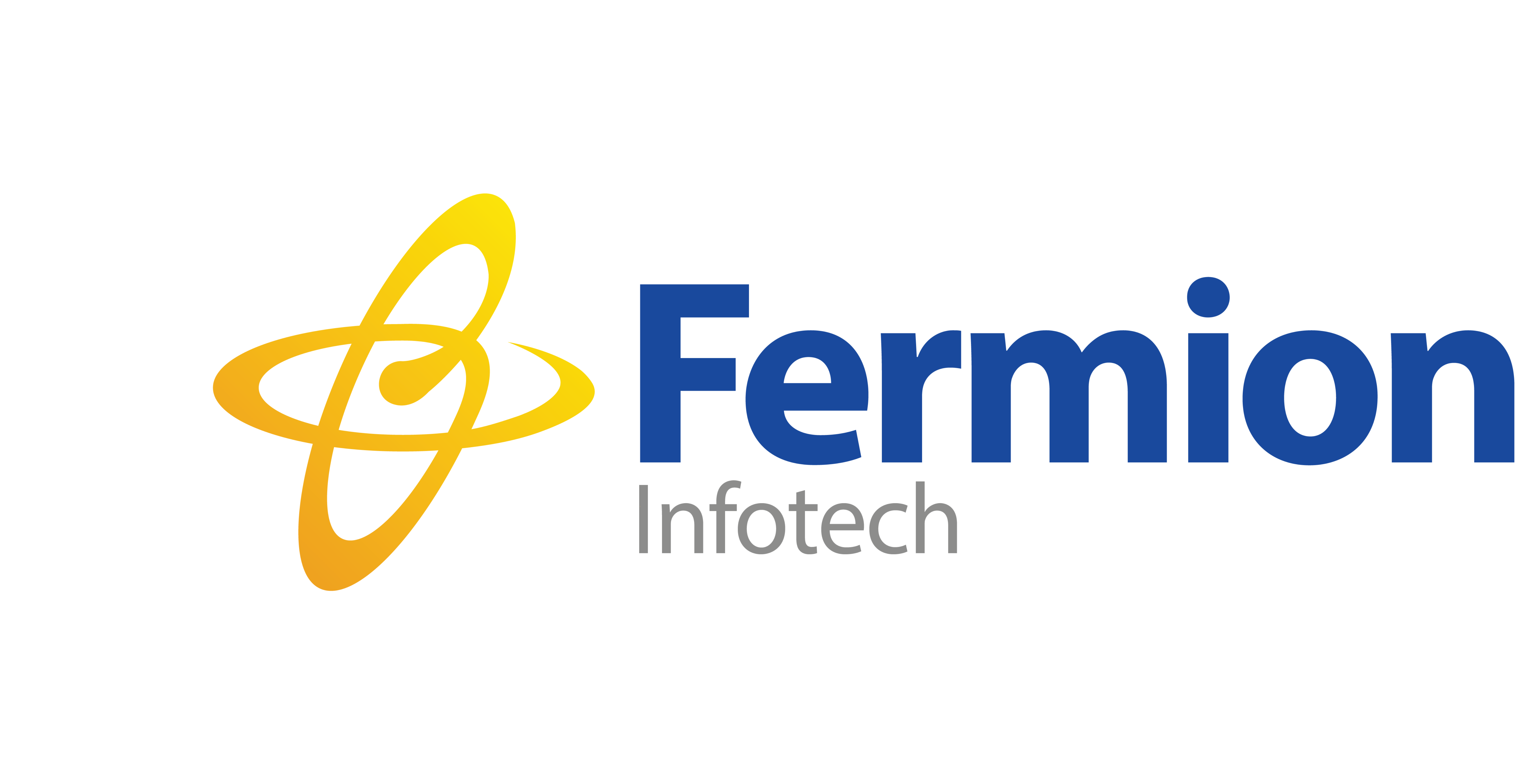
The metaverse is a nascent but rapidly evolving space, brimming with potential for developers to create groundbreaking experiences. It’s a digital landscape where physical and virtual worlds converge, offering new ways to connect, work, play, and everything in between.
Building apps for the metaverse is a challenging yet rewarding endeavor. By embracing the pioneering spirit, staying up to date with the latest technologies, and focusing on user needs, developers can shape the future of this exciting new frontier.
Challenges:
- Uncharted Territory: The metaverse is still under construction, with constantly evolving technologies and standards. Developers need to be adaptable and embrace a pioneering spirit.
- Technical Hurdles: Building immersive and interactive metaverse experiences requires expertise in 3D modeling, animation, networking, and virtual reality/augmented reality (VR/AR) development.
- User Interface and Experience (UI/UX) Design: Creating intuitive and engaging interfaces for navigating the metaverse is crucial, considering the potentially complex and unfamiliar environment.
- Monetization: Finding sustainable revenue models for metaverse apps is still being explored. Options include in-app purchases, virtual goods, subscriptions, and advertising.
- Security and Privacy: Protecting user data and ensuring secure transactions within the metaverse is paramount.
Opportunities:
- Limitless Creativity: The metaverse offers a blank canvas for developers to unleash their imagination, crafting unique and engaging experiences that defy real-world limitations.
- New Markets and Audiences: The metaverse presents a vast potential market, with diverse demographics and interests to cater to.
- Immersive Storytelling: Developers can tell captivating stories in ways never before possible, leveraging the interactive and multi-sensory nature of the metaverse.
- Revolutionizing Industries: From education and healthcare to retail and manufacturing, the metaverse has the potential to transform various industries.
- Evolving Tools and Technologies: The metaverse is constantly evolving, with new tools and platforms emerging to support developers.
Remember, the metaverse is still in its early stages, but the opportunities are endless. So, dive in, explore, and be a part of shaping the future of how we interact with the digital world!







